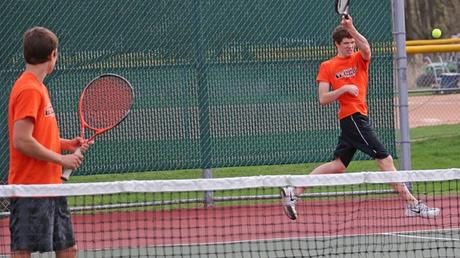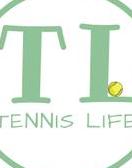
"Keep your eye on the ball!"
Anyone who has ever taken a tennis lesson or drill has heard this phrase often. And it seems like the right thing to do because you DO need to know where the ball is at all times, right? Of course...but you must also know where your opponents are at all times.
Where the ball AND your opponents are will tell you where to go on the court, and if you don't know where your opponents are, then how do you know whether to attack or defend? Here are a couple of examples:
1. You're at the net and the ball is hit deep to your partner at the baseline and you see your opponents rush the net. You already know the ball is deep, so you don't need to turn your head back and watch it...you need to back up and play defense.
2. You're at the net and the ball is hit deep to your partner at the baseline, but your opponents either stay where they are or start moving back. Obviously, your partner is getting ready to rip the ball back, so you should stay at the net and keep the attack position.
3. You're at the net and the ball is hit deep to your partner near the baseline, and you see your opponents start hustling back to their baseline. You know by their reaction that your partner is probably getting ready to put up a lob, and that you should take a couple of steps back and be ready to attack a possible short return.
Now, I'm not saying to never look back at your partner when they're receiving the ball. Sometimes you will have time for a quick peek, especially if the ball is high and deep. Will your partner's racket go down and back, indicating a lob return? Will they let it bounce and take it on the rise for an aggressive forehand return? Or maybe they will move in and take it out of the air with an overhead. Just look quick enough to gauge how they will return the ball, as that will also help determine where you should go on the court next.
It's important to know where your opponents are because their reactions tell you where you should go while the ball is traveling to your partner. Looking back at your partner while he/she hits every ball and ignoring the opponents can get you in trouble at the net. This is a hard habit to break, but trust me, once you do you will be amazed at how much better you play.

